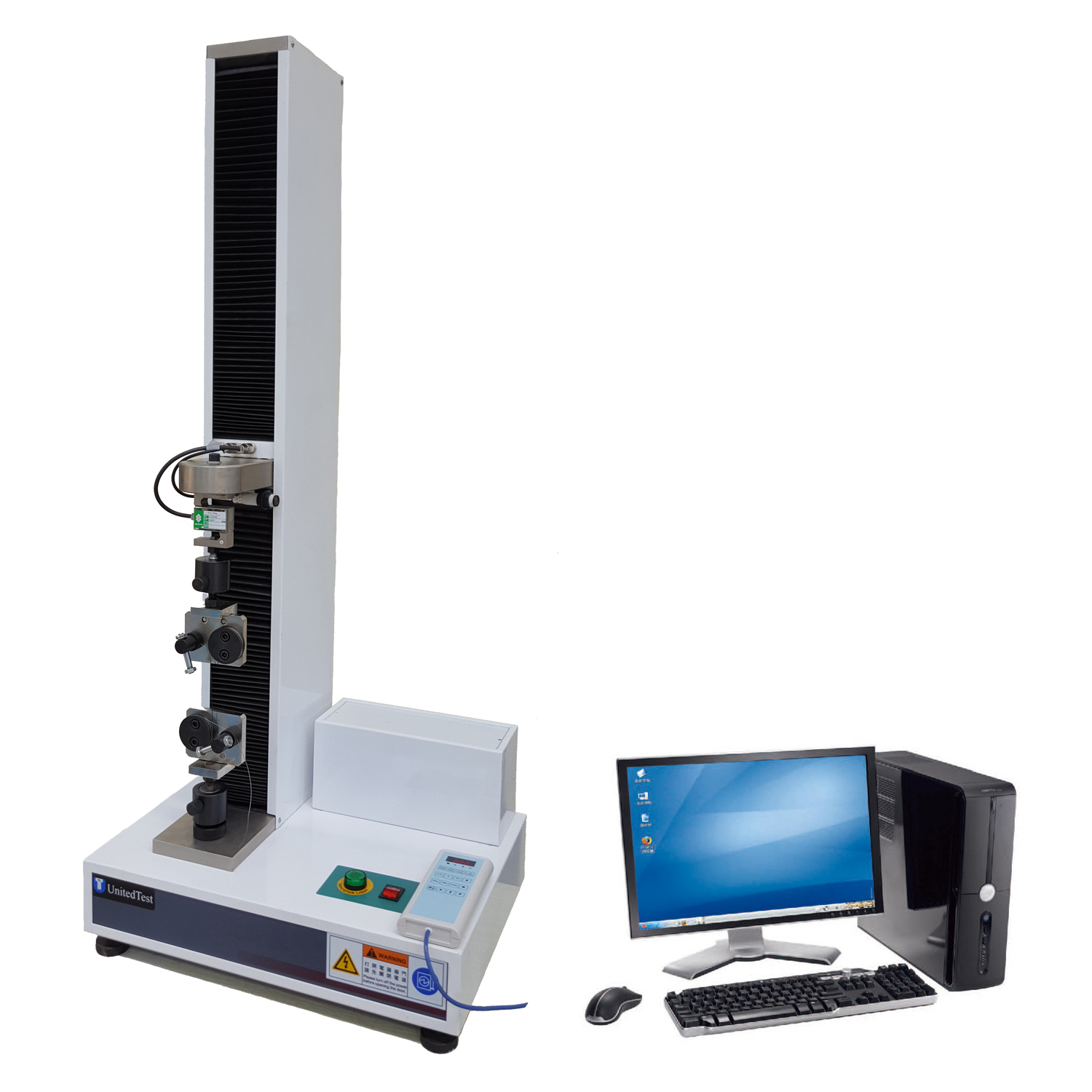ISO 62 Moisture content test, Plastics — Determination of water absorption ISO 62:2008 describes a procedure for determining the moisture absorption properties in the “through-the-thickness” direction of flat or curved-form solid plastics. It also describes procedures for determining the amount of water absorbed by plastic specimens of defined dimensions, when immersed in water or when subjected to humid air under controlled conditions. The “through-the-thickness” moisture diffusion coefficient can be determined for single-phase material by assuming Fickian diffusion behaviour with constant moisture absorption properties through the thickness of the test specimen. This model is valid for homogeneous materials and for reinforced polymer-matrix composites tested below their glass transition temperature. However, some two-phase matrices such as hardened epoxies may require a multi-phase absorption model which is not covered by this International Standard.

Test Specimen: For each material evaluated, test at least three test specimens. Test specimens of the required dimensions may be prepared by moulding or extrusion. The methods used for preparation of all test specimens shall be included in the test report.
Test Method 1: Determination of amount of water absorbed after immersion in water at 23 °C
Dry all replicate test specimens in an oven (4.2) maintained at (50 ± 2) °C for at least 24 h (see 6.2.1) and allow them to cool to room temperature in the desiccator (4.4) before weighing them to the nearest 0,1 mg. Repeat this process until the mass of the specimens is constant (mass m1) to within ± 0,1 mg. Then place the test specimens in a container (4.3) filled with distilled water maintained at 23,0 °C ± 1,0 °C or ± 2,0 °C, depending on the relevant specification. In the absence of a specification, the tolerance shall be ± 1,0 °C.
After immersion for (24 ± 1) h, take the test specimens from the water and remove all surface water with a clean, dry cloth or with filter paper. Reweigh the test specimens to the nearest 0,1 mg within 1 min of removing them from the water (mass m2). The water content at saturation is measured by re-immersing the test specimens and reweighing them at given time intervals. A typical immersion time scale is 24 h, 48 h, 96 h, 192 h, etc. At each of these intervals (± 1 h), remove the test specimens from the water, remove all surface water and reweigh each test specimen to the nearest 0,1 mg within 1 min of removing them from the water (e.g. m2/24 h).












